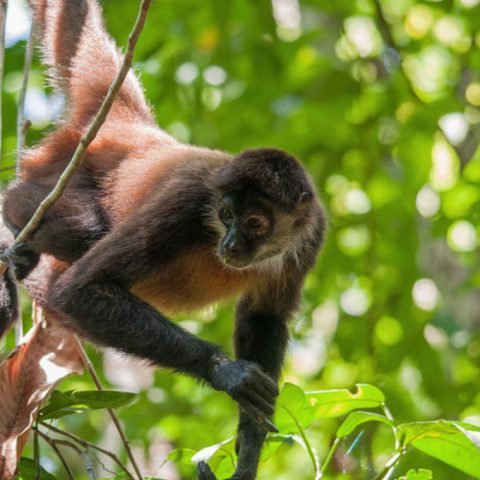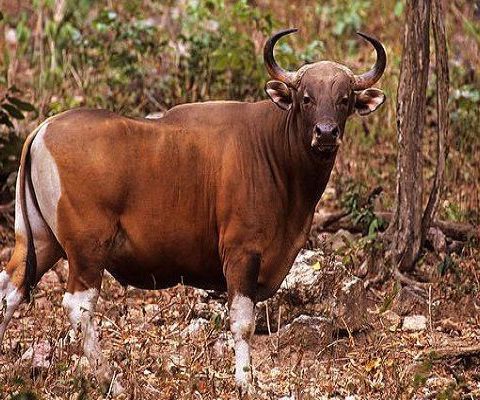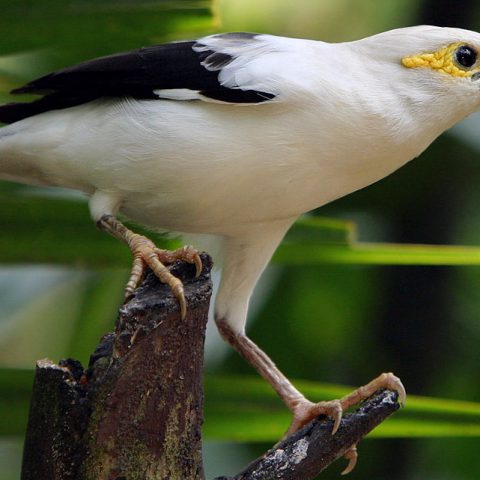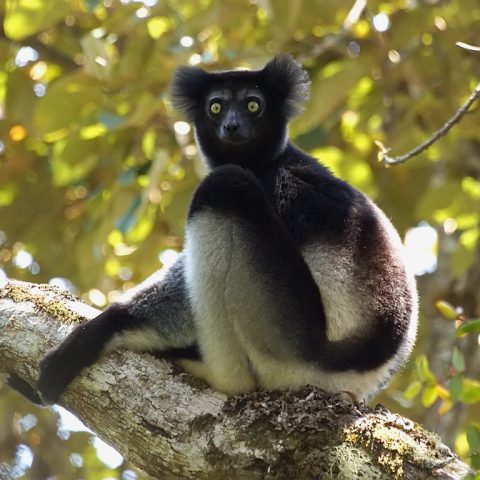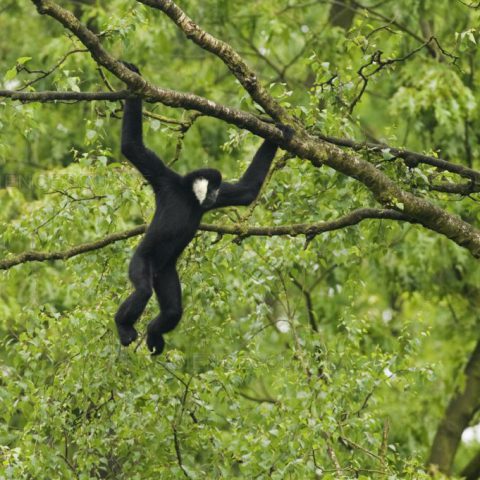Red-vented Cockatoo
![]() Critically Endangered
Critically Endangered
Population
The Red-vented Cockatoo is considered to be one of the most endangered bird species in the Philippines. The estimated population of the Red-vented Cockatoo in the 1990’s was between 1 000 – 4 000 birds. By 2008 the estimated Red-vented Cockatoo population reduced to less than 1 000
Size
The Red-vented Cockatoo is on average 30 centimetres long with a wingspan of about 22 centimetres
Weight
The adult Red-vented Cockatoo weighs around 290 grams
Countries
Philippines
Distribution
Small populations are found in Palawan, Tawitawi, Mindanao and Masbate. Rasa Island holds the largest population of the Red-vented Cockatoo in the wild. Rasa Island is situated of the coast of Palawan.
Description
The Red-vented Cockatoo is recognisable by its white plumage with a red under tail and pale yellow underwings. They have greyish white beaks and a bare ring around the eyes. The males have dark brown eyes and the females have dark red eyes. The Red-vented Cockatoo has a short recumbent crest on the top of their head. They raise the crest when they are excited or alarmed.


Quick Facts
The Red-vented Cockatoo behaviour consists of:
- The Red-vented Cockatoo is very active, high energy and social birds and they roost, feed and fly in very noisy and big flocks
- They have load raucous calls
- They are agile flyers and they can expertly evade predators by in-flight acrobatics
- The Red-vented Cockatoo mate from March to July. They pair up and live apart from the flock during mating season
- They reuse the same nesting tree and the clutch size is usually two to three eggs with a 28 day incubation period until they hatch
- The hatchlings stay in the nest for about 9 – 10 weeks
- Precise data for the life span of this specific Cockatoo is not available, but some research suggests they can live between 17 – 40 years
The species feed on seeds, fruit, flowers, buds and nectar, but they also forage on rice and corn crops.
The Red-vented Cockatoo prefers forested areas such as coastal mangroves, a riverine or lowland forest. They can also be found at the edge of a forest and they do venture to open fields.
The Red-vented Cockatoo is seen as a popular exotic pet and the birds and their nests are poached for the illegal pet trade industry. The very distinctive white colouring of the Red-vented Cockatoo makes them easily noticeable amongst the trees and they are easy targets for predators and poachers.
Farmers see the Cockatoo as a pest and they resort to killing the birds to protect their rice and corn crops. The destruction of their natural habitat is a major concern. The cutting of mangroves and forests for agriculture, mining and human settlements are destroying the nesting and food providing trees for the Cockatoo.
Conservation Efforts
The Katala Foundation runs the Philippine Cockatoo Conservation programme and they aim to conserve the Red-vented Cockatoo through habitat restoration, nest protection, breeding for re-introduction, management of key conservation sites, community education and community involvement.



